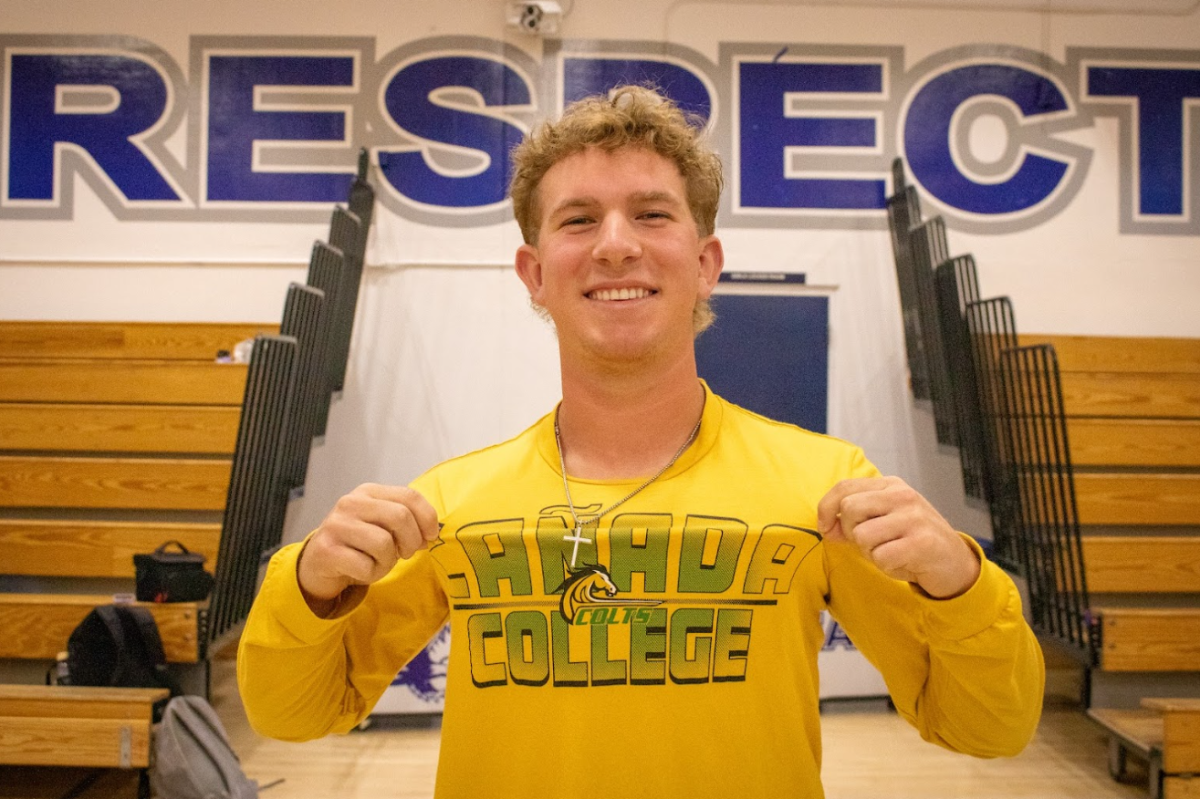The issue of athletic funding is often complicated, messy and imperfectly implemented, particularly within a public high school context. Club sports outside of school simply present an initial fee, or charge participants for tournaments. But school sponsored sports programs are unable to charge mandatory fees in a similar manner. Our school has elected to implement a fundraising campaign, Sprint for Sports, which demonstrates the necessity for a broad discussion about how to cover costs for LAHS sports.
Assistant Principal Cristy Dawson created the Sprint for Sports walkathon program in 2012 to prompt student contributions to the athletic fund, aiming to make up for athletic expenses. The suggested donation per athlete has been $100, and thus far, the system has effectively raised the necessary funds, albeit earning innumerable student gripes in the process.
The primary issue is how Sprint for Sports allocates its funding. Because of coaching, tournament costs, the number of games and other factors, some sports cost more per athlete than others. The typical method of raising money—mandatory “participation fees” involved in all sports—remains within the sport. Sprint for Sports, however, allocates resources collected by all athletes and donates them to the most needy programs. While good-natured, this decision means that athletes involved in less costly sports pay for the costs of other, more costly sports. In 2012-2013, Field Hockey hosted tournaments and raised enough funds to cover their own tournament fees, but they still raised $1,415 for Sprint for Sports. These donations likely went to programs like Wrestling, which in 2012-2013 cost the school $1,985 but contributed only $437 to Sprint for Sports. Is it fair for one group of students to pay for the expenses of another?
This problem does not necessarily warrant a change in the system, but rather it shows the need for a discussion about contributions of each sport relative to its expenses.
This issue is compounded by an unfortunate lack of transparency with regards to where the donations are going. Students are less inclined to contribute to some vague fund when the tangible applications of their money are near impossible to locate.
Sprint for Sports does, however, present several valuable benefits. First of all, the existing system alleviates any stresses on families who cannot afford the suggested $100 contribution because that donation is optional. Second, the results speak volumes; in the past two years, Sprint for Sports has covered all costs for athletics. It is difficult to propose revisions when the existing framework completes its task.
Sprint for Sports deserves credit for showing its ability to be an effective solution to the problem of sports funding, but it can be better. Financing athletics may be complicated, but with Dawson retiring and future of Sprint for Sports uncertain, we must have a discussion about how to ameliorate current flaws while retaining socioeconomic flexibility and financial effectiveness. We should actively explore the many options available should Sprint for Sports leave with Dawson, so that our athletes and coaches alike can focus on what matters most—excelling at their respective sports.








